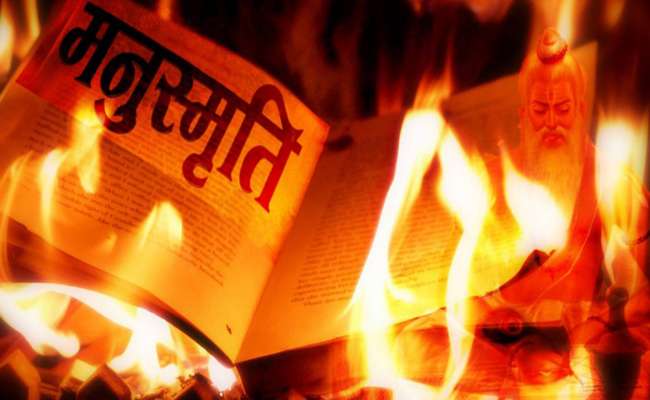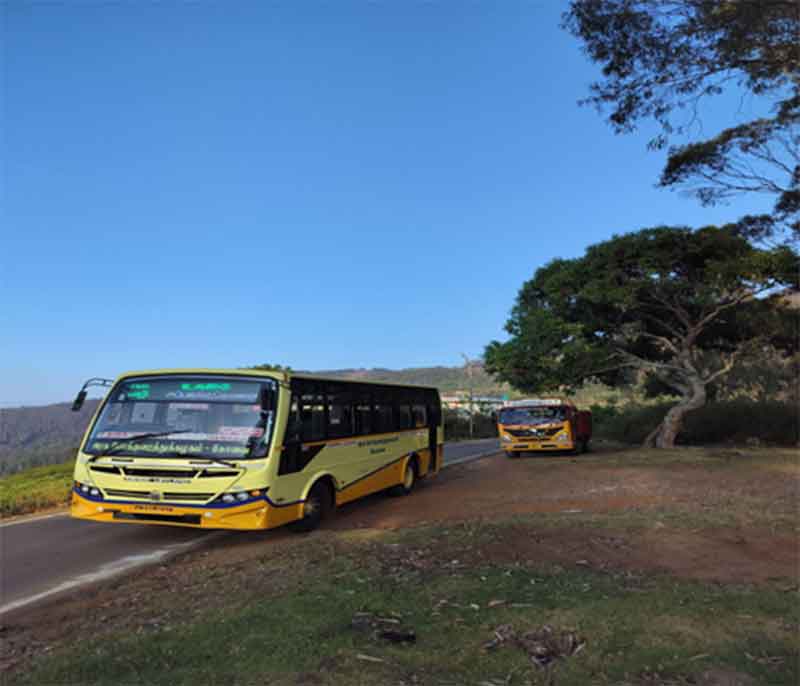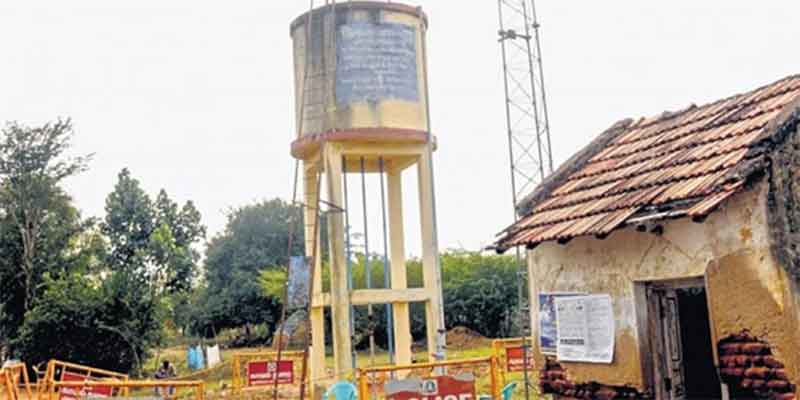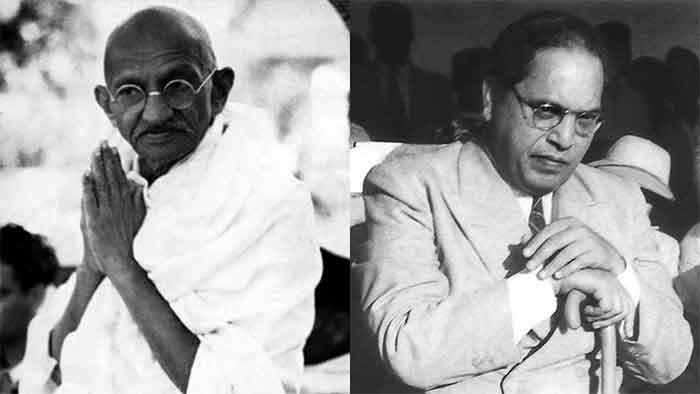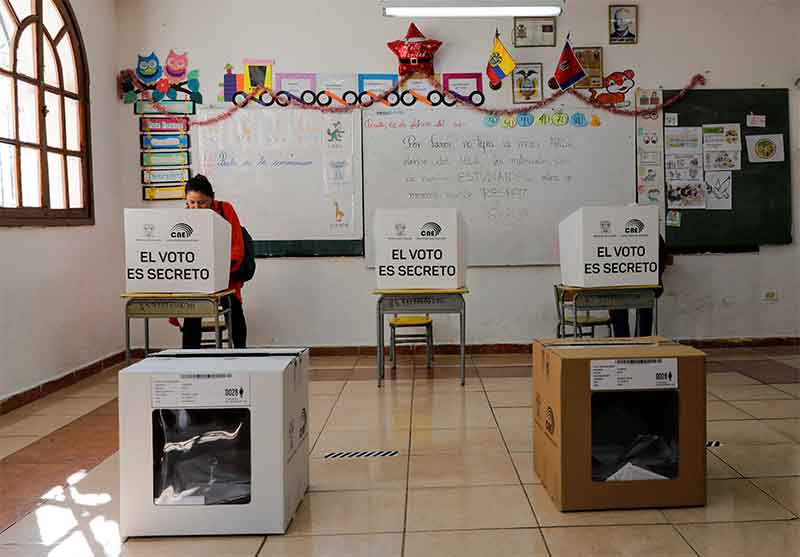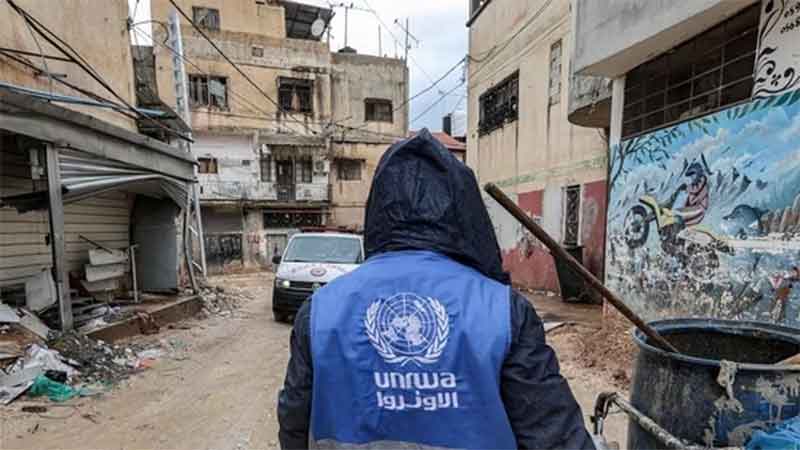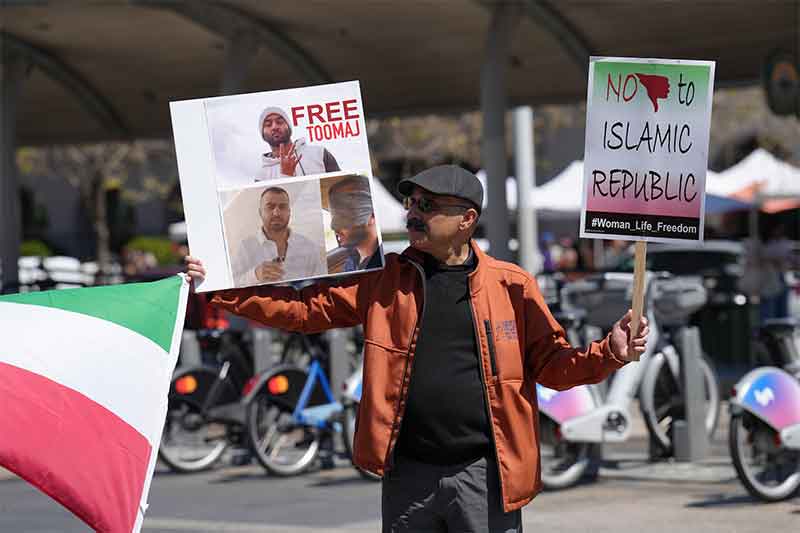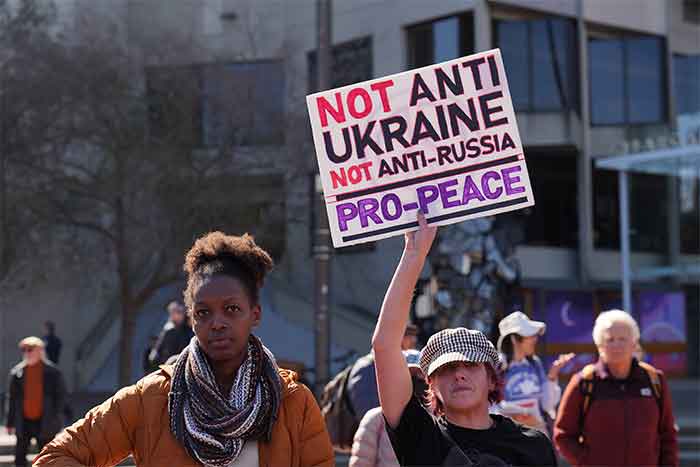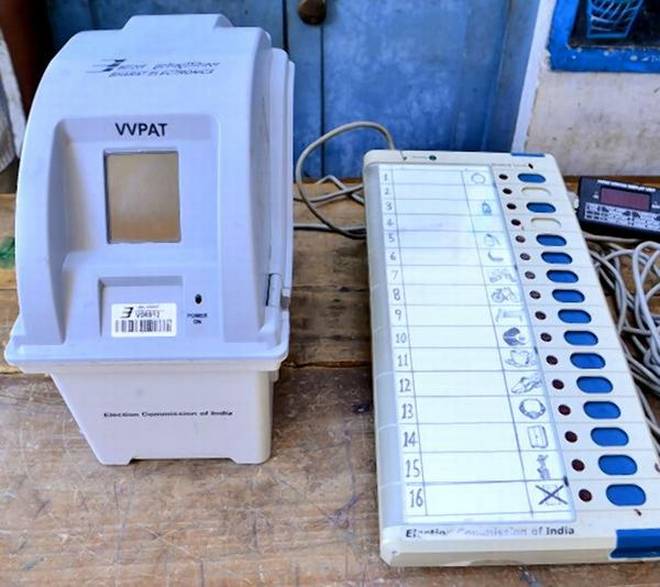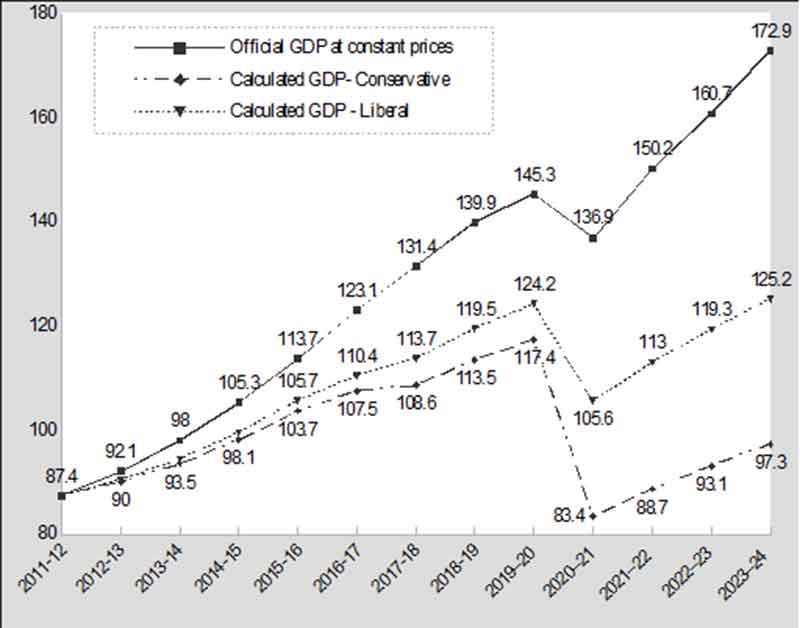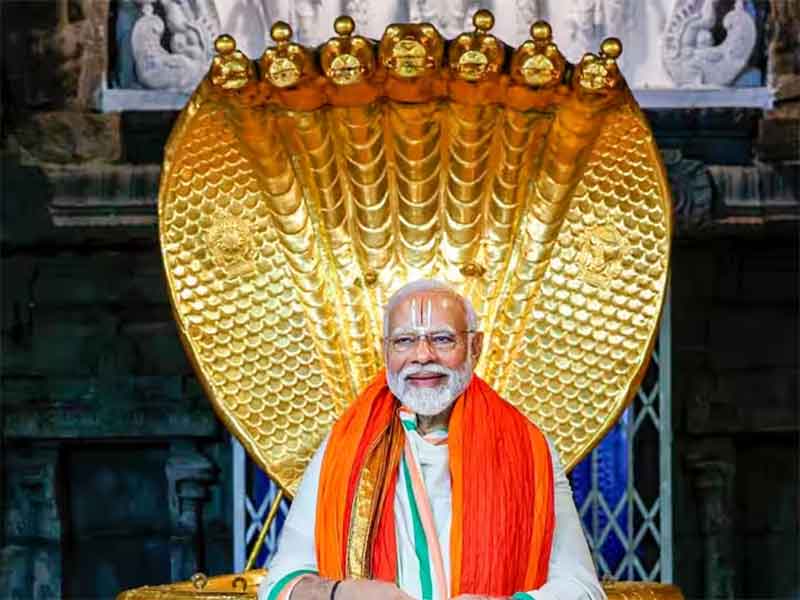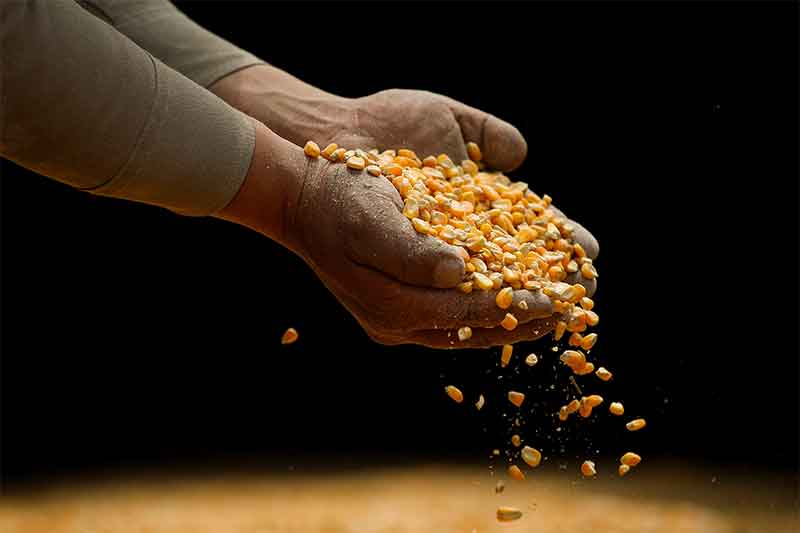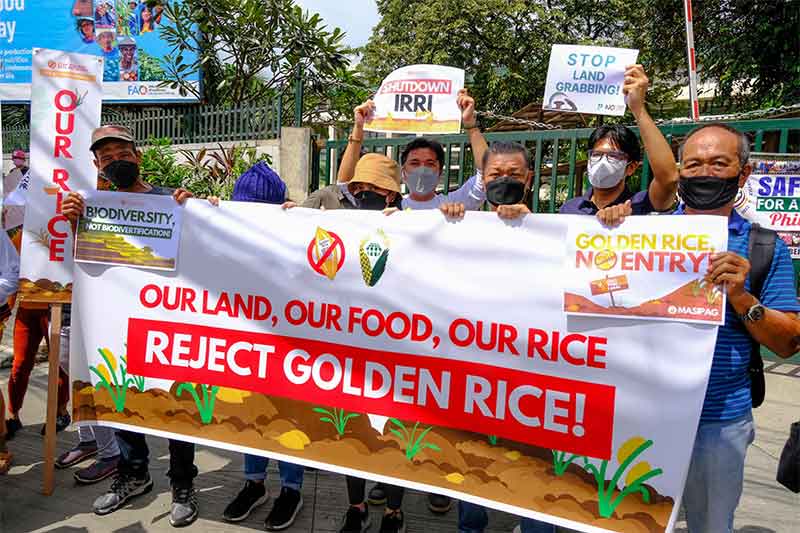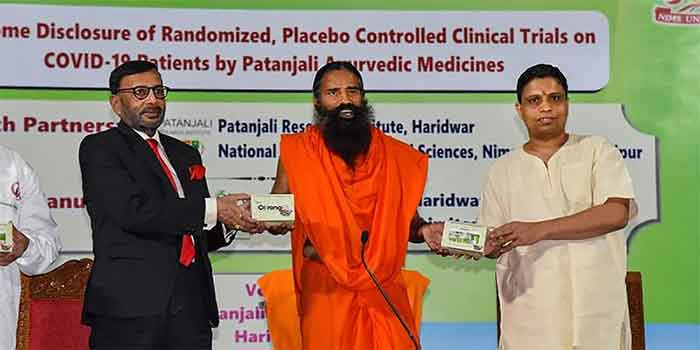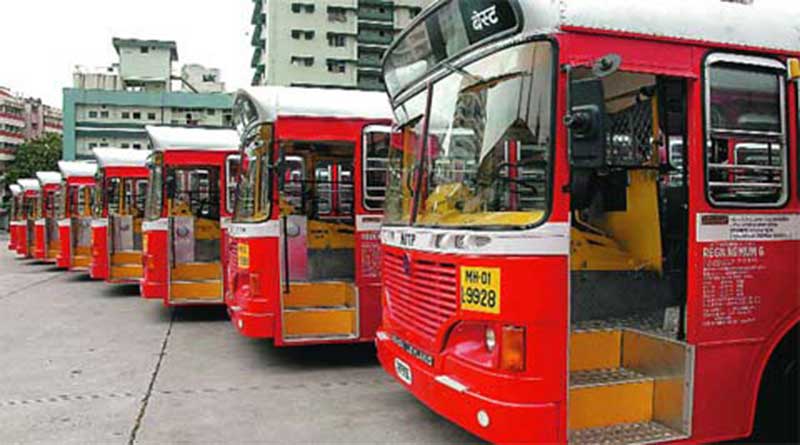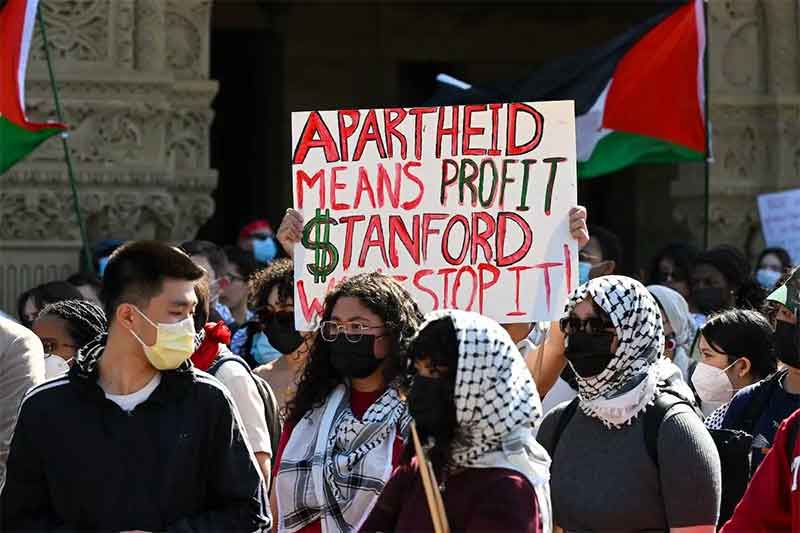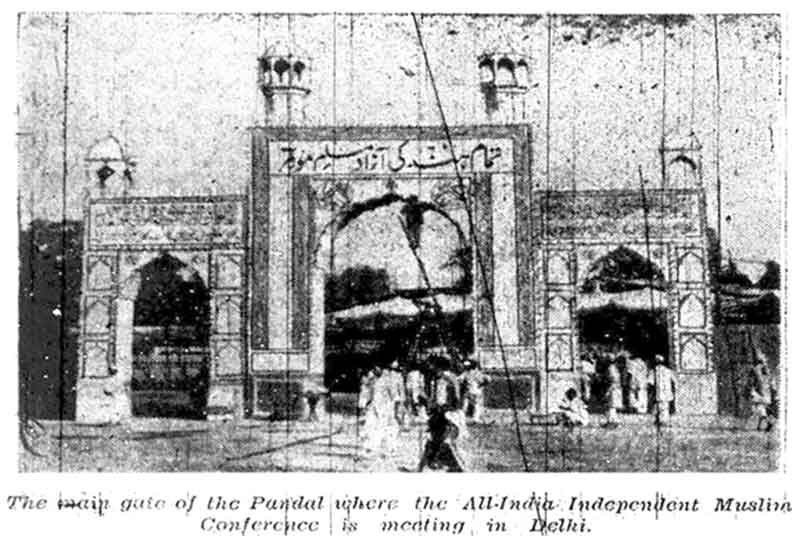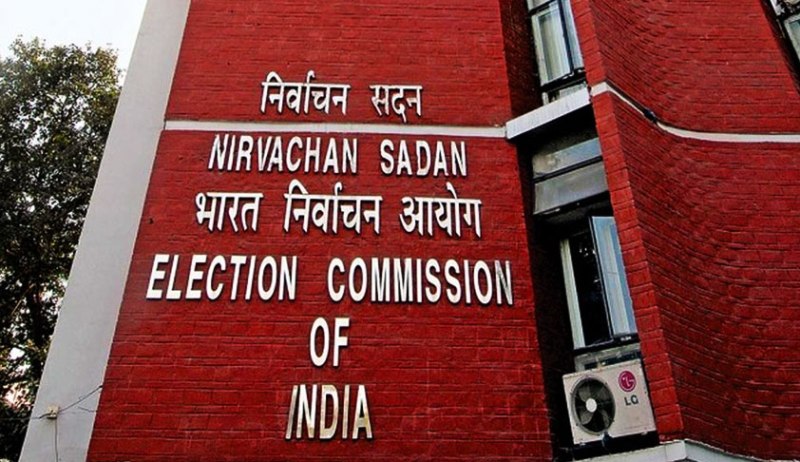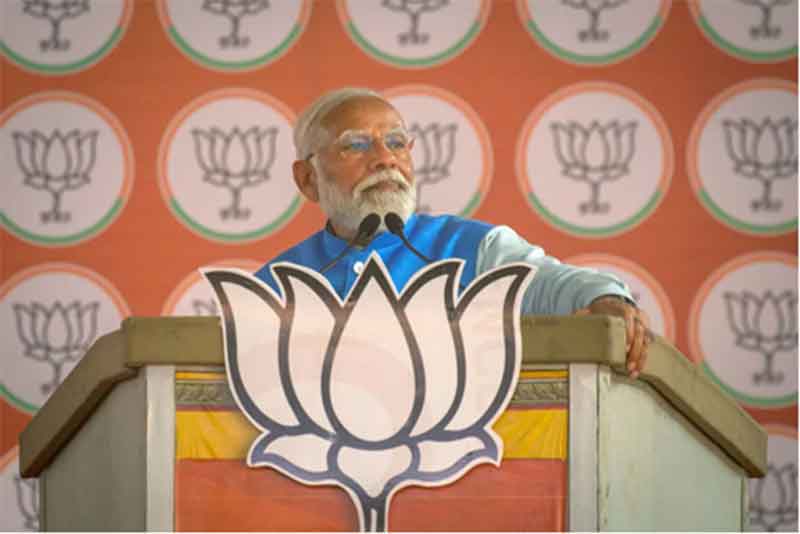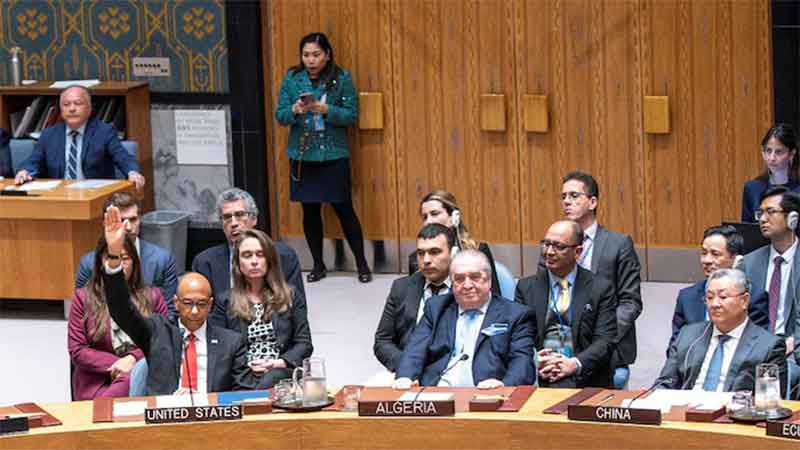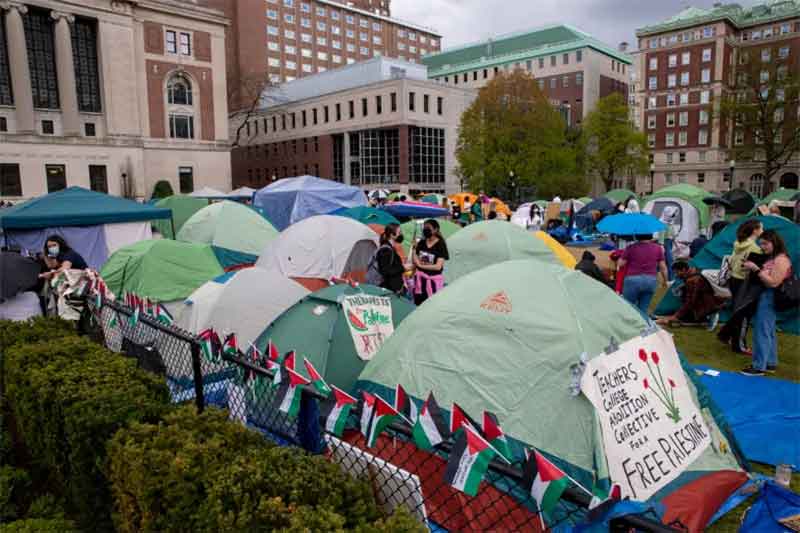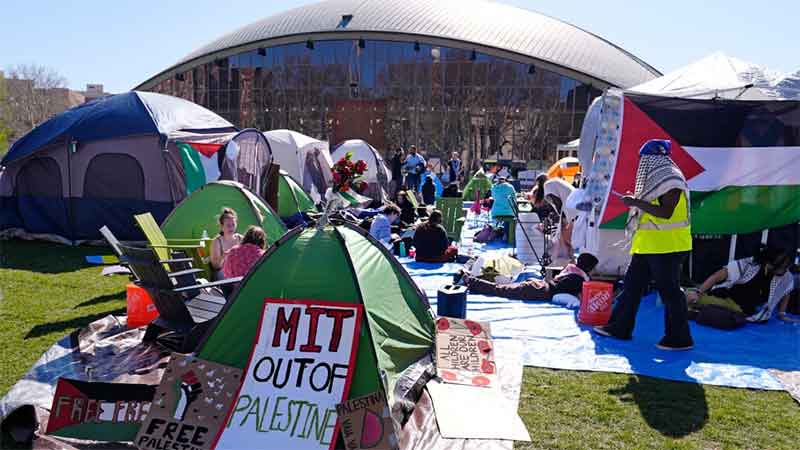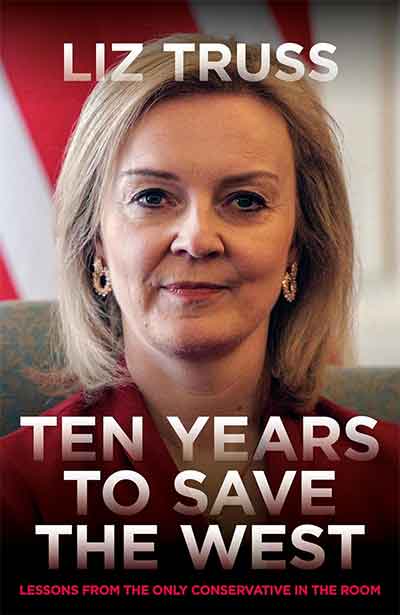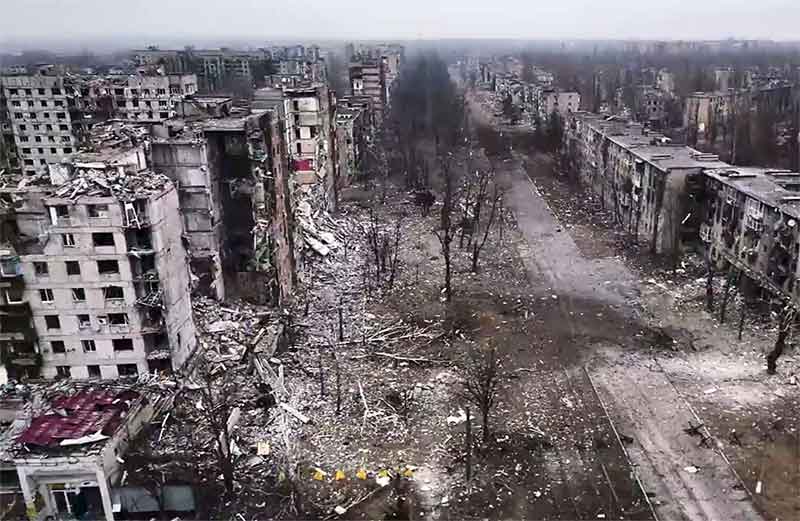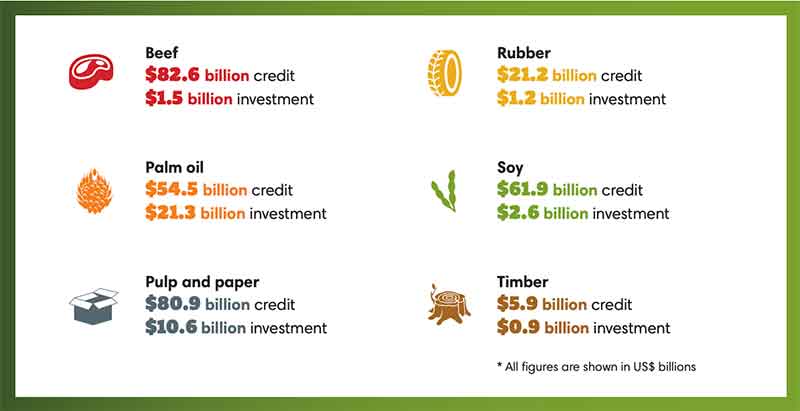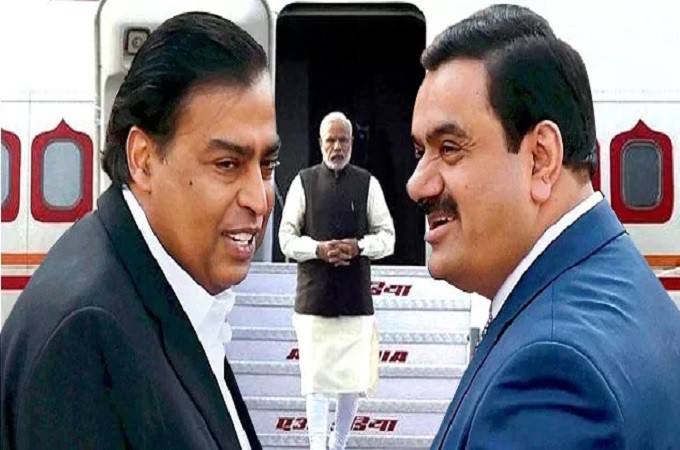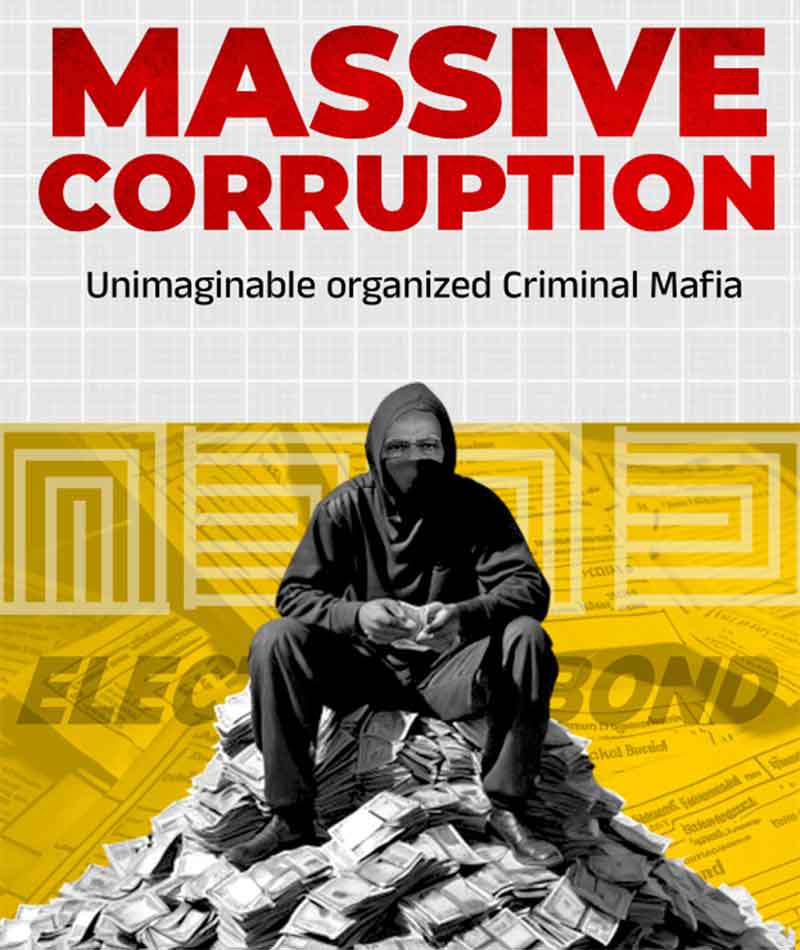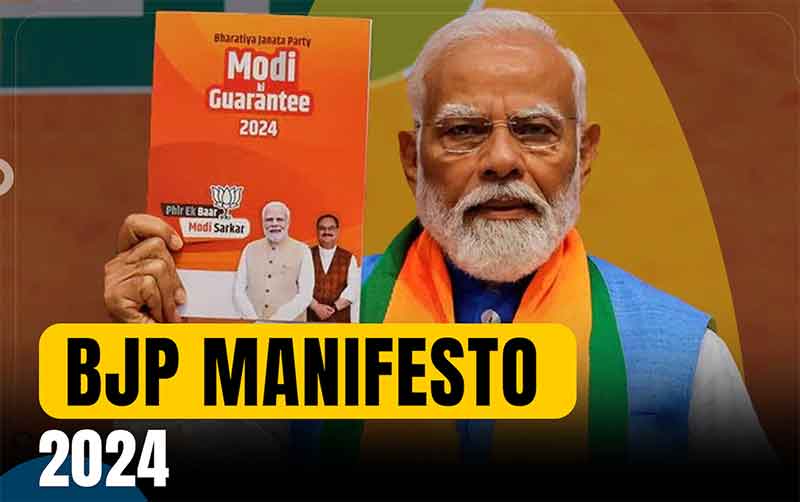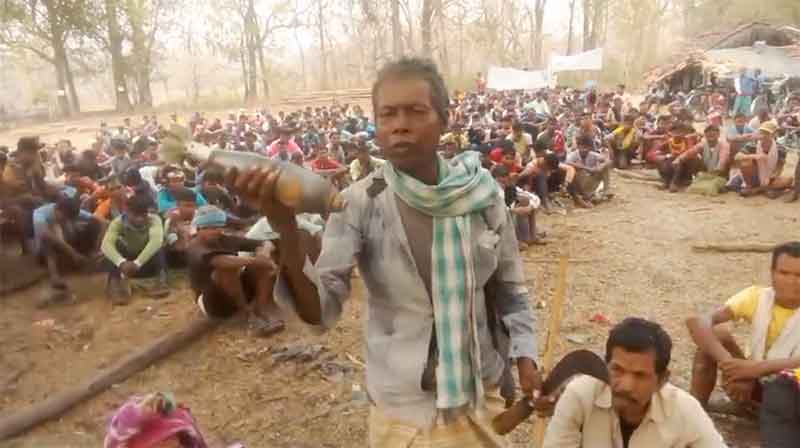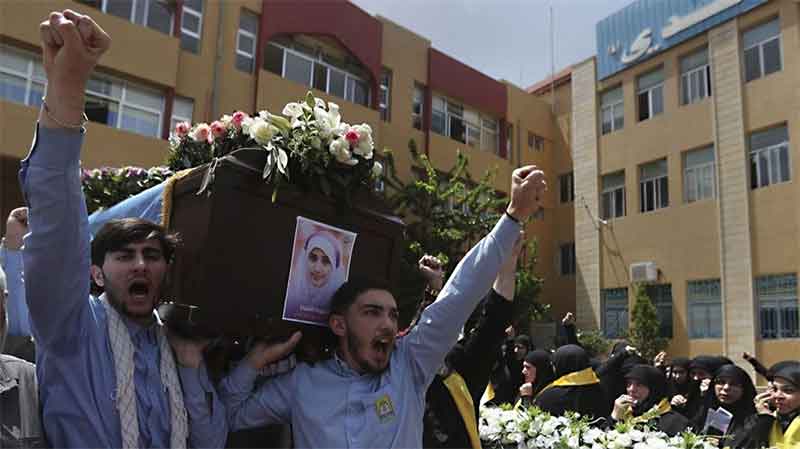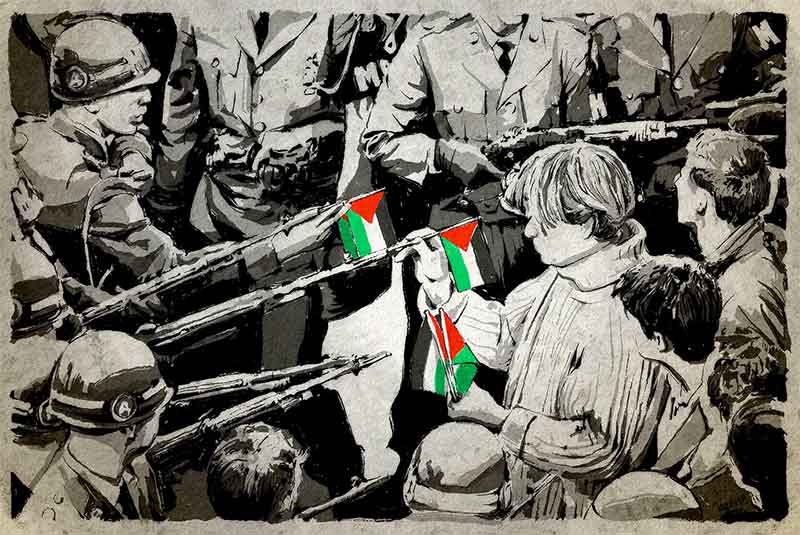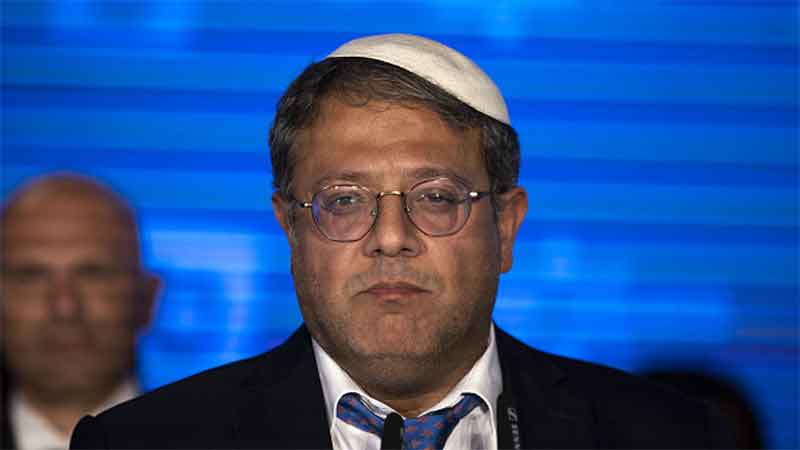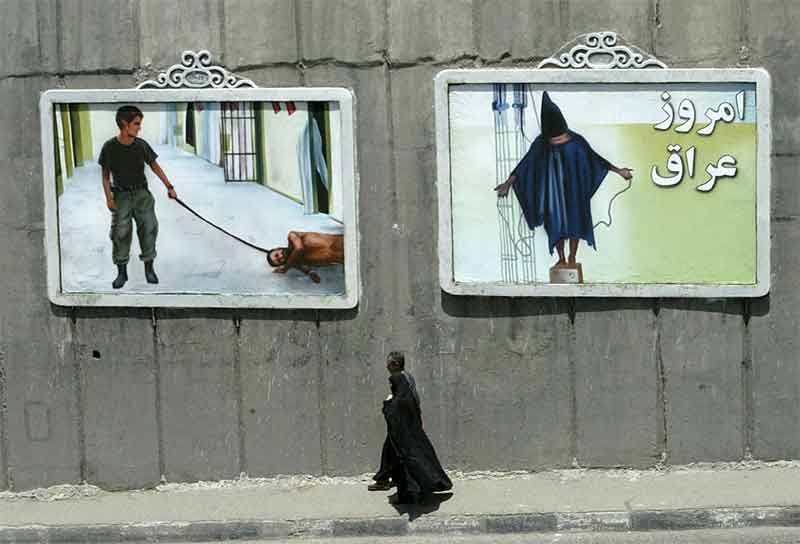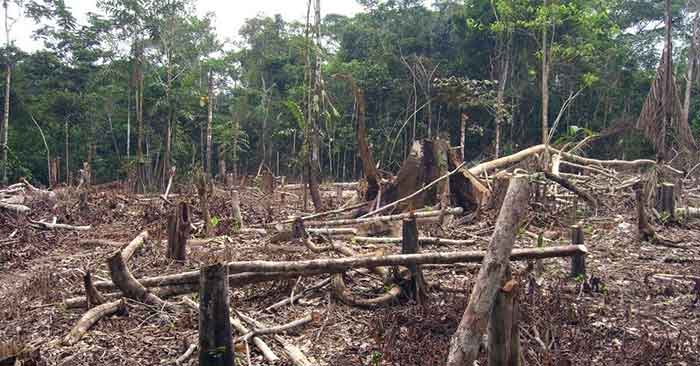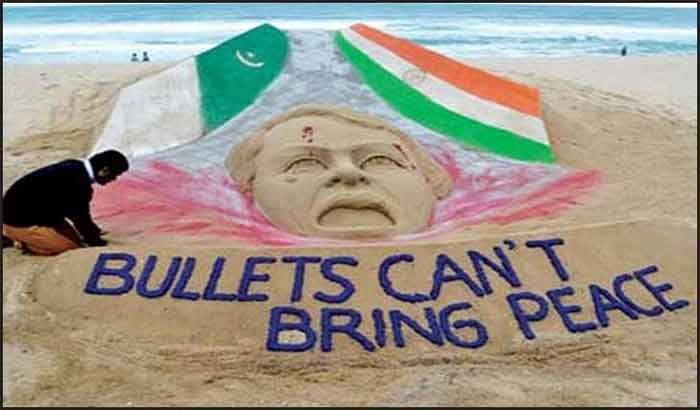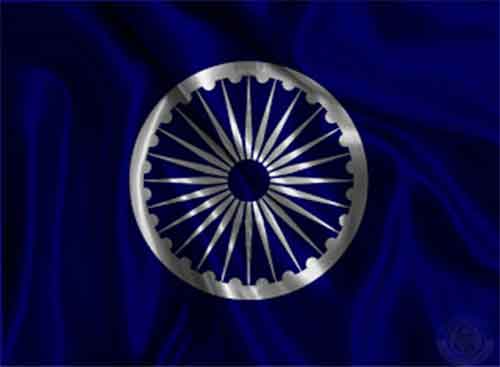
In early September, circles from the Bengali academia and Left political spectrum, strongly vocalized their seemingly disgruntled voices against the trolling of Professor Maroona Murmu, Assistant Professor from the Department of History at Jadavpur University. At the same time, many of them also claimed to be “astonished” at something of this nature happening in Bengal. Soon after my arrival in Kolkata in July 2019, I realized that the non-existence of caste in the Bengali public sphere is still, very much a narrative in the city. However, for the developments that may have taken place over the years, the ‘caste category’ is acknowledged for ‘method’ and ‘analysis’ in Bengali academia more than before, and for ‘agenda’and ‘solidarities’ in political circles, especially across the Left spectrum. Having gained very close – albeit limited experience of both – I painfully realise that these circles might be acknowledging the presence of caste to develop a ‘politically correct’ language, so that no one attacks them for their ignorance, and they retain their social and political positions. The central tenet of such a language is an attack on the ‘Bhadralok’ category of Bengal, a socially and culturally elite community, which is pre-dominantly built of the three higher Varnas, and has apparently weaved false narratives about the non-existence of caste in Bengal.
While it is valid for these circles (that are themselves bhadralok-dominated) to criticize the ‘Bhadralok,’ the problem arises when the “criticisms” end there itself. Perhaps it is a good way of telling oneself that one is aware and critical, and comfortably ignore questions that look deeper. I say so because in the same strand of conversations and within the same circles, there would be comments on Bengali Muslims, Marwaris, Nepalis, Biharis, with a tinge of attack on the ‘impure South Kolkata Bangals’(basically communities who may not fall under the category of ‘Bhadralok’) as well. This contradiction is uncanny, but not very different from what the left-liberal/secular elites exhibit in other parts of the country as well.
Perhaps before attacking the ‘Bhadralok’ and remaining satisfied at that, we should ask a more prevalent question which deems West Bengal apart from the rest of the sub-continent – why has there been no organized anti-caste movement of a mass scale, in West Bengal till date? I do not think this question has any unidirectional or objective answers. But there are some dominant narratives told as reasons behind this question, which I attempt to extend in this article. The most common reason stated is linked with the three-decade long, Left-Front rule in the state. During this time, apparently ‘religion’ and ‘caste’ were not categories through which the ruling party executed its governance and decision making processes. A second, slightly less common reason stated is the partition of Bengal culminating into the aftermath of the 1971 Bangladesh Liberation War. The 19th century, undivided Bengal did witness strong anti-caste movements by the Dalit communities both from North and East Bengal of that era. The Namasudras of East Bengal organized movements which focused on running schools for lower-caste communities, access to education for lower-caste communities, access to sanitation, meals etc. and had almost established themselves as part of a budding organized anti-caste movement, when the partition forced the displacement of these communities. As a result, as displaced people on the other side of the border, their struggles were now centered around acquiring basic livelihood, and citizenship. The less spoken movement of the Rajbonsis of North Bengal witnessed a much more complex movement which took shape in three parts, but ultimately claimed and established the ‘Scheduled-Caste’ status from the Indian government, for protection against years of oppression.
Both these reasons hold valuable contexts to understand the alleged non-existence of caste in West Bengal. But they must not be accepted uncritically. While the first narrative is true, it is also true that the Jyoti Basu-ruled West Bengal government executed one of the most horrid caste-atrocities in the in late 1970s, which brutally affected the lives of Dalit migrants from East Bengal, settled in the Marichjhapi Island after the 1971 Bangladesh Liberation War, which remains an untold story till date. Therefore, the Left Front rule in Bengal is marked by atrocities committed through the category of caste, even though it deemed it non-existent from its politics. This argument, I believe, can be extended a little more. The event of the Marichjhapi Island massacre should most certainly be narrated again and again, but stories of dispossession and displacement in the (forward-looking and caste-less) Kolkata under the same rule, must be retold and remembered alongside, with an emphasis on caste-dynamics. By the end of the CPI(M) rule in Bengal, this government envisioned a changed phase of West Bengal, and especially of Kolkata as a city with a metropolitan and cosmopolitan bend, which the present Trinamool Congress government continues. We must not forget ‘Operation Sunshine’ that was enforced by the same rule in 1996, forcibly evicting and displacing street hawkers – who took to these ways of running livelihood, also as a result of migration from the lower-caste communities from the other side of the border – without any arrangements for compensation for these communities. This government also evicted lower-caste and Muslim migrants, and seized/stopped supplying their government licenses for transferring land to private agencies for building areas like Rajarghat and New Town. There is a whole plethora of events under the Left Front and CPI(M) rule in West Bengal, but is never studied, spoken or presented with an emphasis on how they were in reality, execution of caste atrocities. Secondly, it is certainly true that pre-independence history has marked an important turn of events in the caste-dynamics of Bengal. We do not know of the probable scenario if there was no displacement of the Namasudra community, but we can extend the history and trace the stances of the community today. A major difference between the Left-dominated governments in West Bengal and Kerala is that the latter, in its early stages, in the form of the Congress Socialist Party (CSP), was very much rooted to the mass movements within the anti-colonial struggles and reform movements in the 20th century, and clearly attempted to break rigid caste-based lifeworlds, including untouchability. The left-dominated parties of West Bengal never functioned alongside the lower-caste communities against the colonial power as such, and itself comprised of people who belonged to the category of ‘Bhadralok’ historically.
We may now reach a point where we may criticize the ‘Bhodralok’ of today, which has failed to subvert this history, and continues the dominant narratives that rested power and privilige with them since the era of pre-independence Bengal. Movements need support from political parties, groups or forums for resources and mobilization, and an acknowledgement within the existent public sphere. The issue with the ‘Bhadralok’ even today is that they are successful in these spheres, including in university classrooms to suppress narratives of caste related atrocities either by not acknowledging narratives that oppose their own Caste-Hindu and liberal/secular stances, or by refusing to envisage a possibility of a caste-based mobilization, as it is too threatening for their own positions and statuses. For instance, while the movement against the Citizenship (Amendment) Act 2019, is a matter of concern for the larger academic and leftist political spectrum in West Bengal, it must be acknowledged by the Bengali public sphere, that a section of the Namasudra stance, including a part of the Matua community originally hailing from today’s Bangladesh, has shown support towards this Act, with a hope to gain citizenship, which has been denied to them since time immemorial. Of course such stances should be debated and critiqued within political circles, the larger public sphere and even in university class room spaces as much as possible, but my claim is that they should not be silenced or go unnoticed, and must be acknowledged very much as political stances in their own right. Unless such changes take place in the Bengali public sphere, there is no reason to be surprised at why caste minorities face backlash in the land which is cultured, liberal and caste-less.
Anamika Das is currently pursuing her MPhil in Social Sciences from the Center for Studies in Social Sciences, Calcutta. Her current research interests include women’s movements as a whole, with a focus on the post 2010 women’s movements on gender and sexuality in India. Email id: [email protected]
SIGN UP FOR COUNTERCURRENTS DAILY NEWSLETTER

